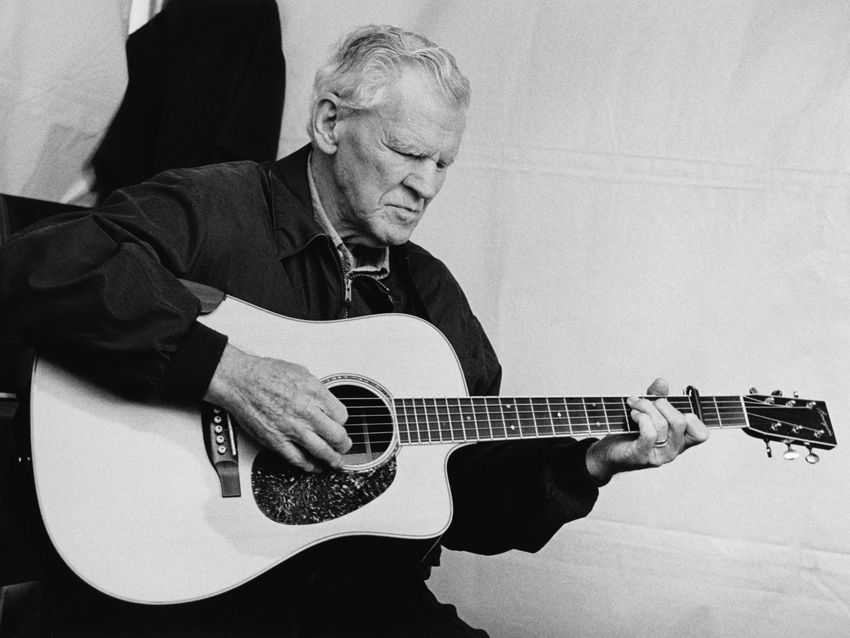

Music was always a part of Doc’s life from earliest childhood, each Christmas he’d find a small harmonica tucked into his stocking, and at age seven he got his first stringed instrument, an old banjo, from his father.ĭoc recalled: “I started playing the guitar a little when my first cousin left his guitar at our house. The old fashioned radio and the family Victrola played 78s by Riley Puckett (another blind guitarist, Puckett would find fame as a member of Gid Tanner’s Skillet Lickers), Charlie Poole, Jimmie Rodgers and the Carter Family. All the Watsons were either proficient or at least casual musicians or singers, and several generations of the family had lived in the area where, although poor in material goods, they were rich in their familiarity with and knowledge of local folklore, including the true story of the fatal triangle of Tom Dula, Laura Foster and Ann Melton that formed the basis of the aforementioned hit song “Tom Dooley.” Surrounded by music and musicians, Doc and his siblings grew up listening to hymns, murder ballads and down home string band music, all of which would later find places in his own repertoire. Although a total of nine children were born to General Dixon Watson and Annie Greene, Arthel was different he lost his eyesight in early infancy. Long acknowledged as America’s premier folk guitarist, Arthel Lane “Doc” Watson was born in what was then the tiny rural community of Deep Gap, North Carolina in the heart of the Blue Ridge mountains on March 3, 1923. And soon the club began to book touring folk music artists from across the country enter Doc Watson. A young Joan Baez, then a student at Boston University, began playing there in late 1958 on Tuesday nights, when the jazz musicians who usually held forth had the night off. The bill of fare gradually expanded to include traditional folk music, bluegrass, and eventually singer-songwriter folk. Early bookings were primarily blues and jazz, and drew enthusiastic audiences of college kids. Two enthusiastic music fans, Joyce Kalina and Paula Kelley, opened the Club 47 (named for its address, 47 Palmer Street) in Harvard Square in Cambridge in 1958. In Los Angeles, the Ash Grove became the community center for traditional music and musicians, while across the country in New York, the Gaslight Cafe on MacDougal Street in Greenwich Village was the headquarters for that city’s folk revival. Another result was that three important folk music clubs, each of which made a huge contribution to what would become the “folk revival” of the mid-1960s, opened their doors for the first time in 1958. One result of that record’s success was that college kids across America went out and bought banjos and guitars and tried to learn to play them in an attempt to impress their friends.

Three young college kids who called themselves The Kingston Trio had a hit record that year with an old folk song from the North Carolina hills, “Tom Dooley,” which went to Number One on the charts and sold over three million singles.

The year 1958 was a seminal turning point for the coming resurgence of American folk music.


 0 kommentar(er)
0 kommentar(er)
